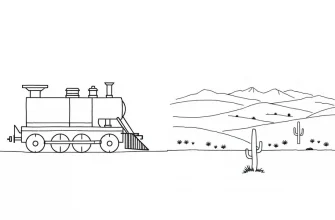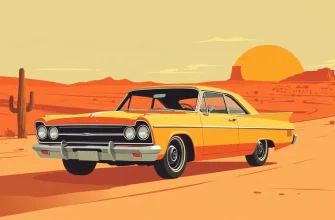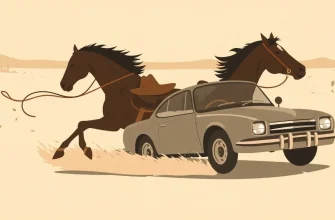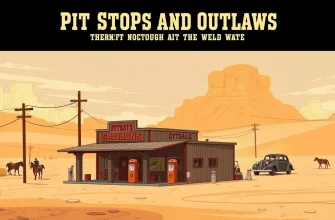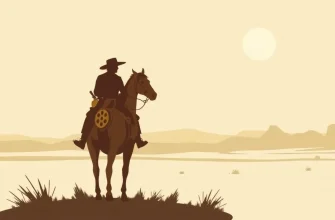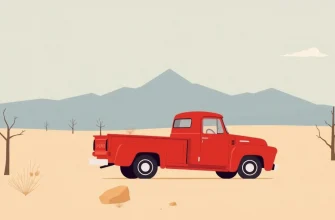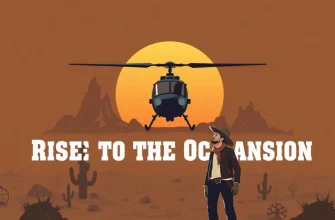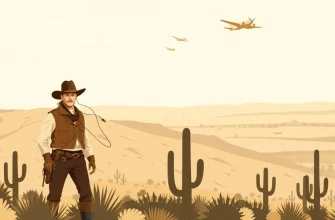Dive into the untamed frontier with a twist – the wild west from the deck of a boat. This unique collection of western films brings together the rugged landscapes of the American frontier with the serene and often treacherous waters. Whether it's a riverboat casino, a steamboat on the Mississippi, or a journey across the ocean, these films offer a fresh perspective on the classic western genre. Here are 10 films that blend the spirit of the West with the allure of the water, providing a cinematic experience that's both adventurous and captivating.
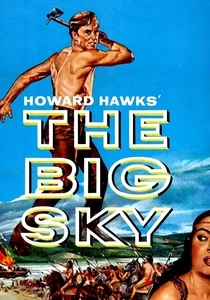
The Big Sky (1952)
Description: This film follows a group of fur traders navigating the Missouri River, showcasing the vast and untamed wilderness of the West. The river becomes a character in itself, adding to the adventure and danger of the journey.
Fact: The film was based on A.B. Guthrie Jr.'s novel and was shot on location in Montana, providing authentic backdrops for the river scenes.
 Watch Now
Watch Now 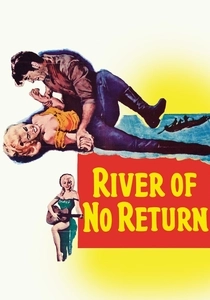
The River of No Return (1954)
Description: A father and his young son navigate the treacherous rapids of the Colorado River while being pursued by a gambler, highlighting the raw beauty and danger of the river.
Fact: Marilyn Monroe's performance in this film is often overshadowed by her more famous roles, but her portrayal here is both vulnerable and strong.
 Watch Now
Watch Now 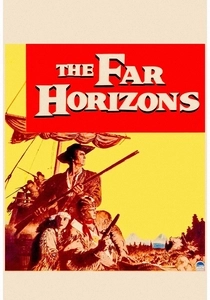
The Far Horizons (1955)
Description: While not strictly a western, this film includes scenes on the Columbia River, where explorers Lewis and Clark navigate the waters, facing Native American tribes and the wilderness.
Fact: The film was one of the first to depict the Lewis and Clark Expedition in a feature-length format.
 Watch Now
Watch Now 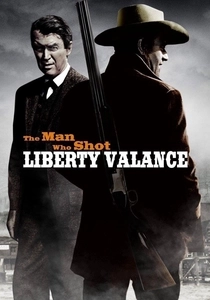
The Man Who Shot Liberty Valance (1962)
Description: While not centered around boats, the film includes a pivotal scene where characters cross a river, symbolizing the transition from the old West to the new.
Fact: This film is often cited for its exploration of myth versus reality in the West.
 Watch Now
Watch Now 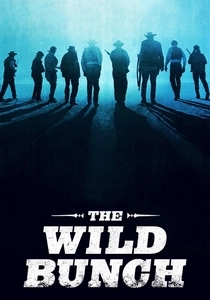
The Wild Bunch (1969)
Description: The film features a memorable scene where the gang crosses the Rio Grande into Mexico, using the river as a natural border and a point of no return.
Fact: Sam Peckinpah's direction revolutionized the portrayal of violence in cinema.
 Watch Now
Watch Now 
The Ballad of Cable Hogue (1970)
Description: Cable Hogue's journey includes a significant water element as he establishes a stagecoach stop near a desert spring, symbolizing life and renewal in the arid West.
Fact: The film is considered one of Peckinpah's more optimistic works, focusing on redemption and human connection.
 Watch Now
Watch Now 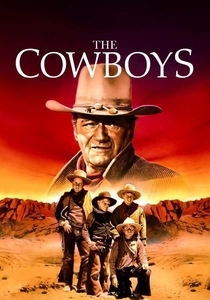
The Cowboys (1972)
Description: While primarily a cattle drive story, the film includes a dramatic river crossing, showcasing the perils of the journey and the bond between the characters.
Fact: John Wayne's performance in this film is often noted for its depth and emotional range.
 Watch Now
Watch Now 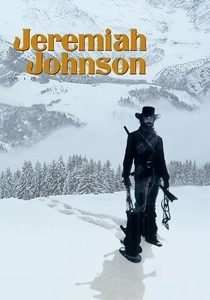
Jeremiah Johnson (1972)
Description: The film includes scenes where the protagonist navigates rivers in the Rockies, using them as a means of survival and solitude in the vast wilderness.
Fact: Robert Redford's portrayal of the mountain man is both stoic and introspective, capturing the essence of the American frontier.
 Watch Now
Watch Now 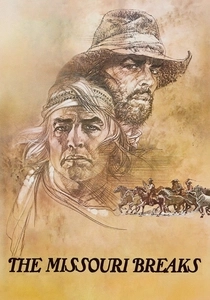
The Missouri Breaks (1976)
Description: Set along the Missouri River, this film features a legendary showdown between a horse thief and a relentless regulator, with the river serving as both a backdrop and a means of escape.
Fact: The film marks one of the few collaborations between Marlon Brando and Jack Nicholson, making it a must-watch for fans of these acting giants.
 Watch Now
Watch Now 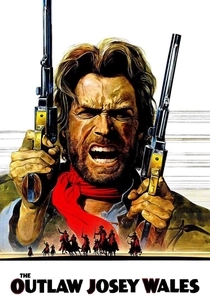
The Outlaw Josey Wales (1976)
Description: Although primarily a land-based western, there are significant scenes involving river crossings and a memorable boat chase, adding a unique twist to the traditional western narrative.
Fact: Clint Eastwood not only starred in but also directed this film, showcasing his versatility in the genre.
 Watch Now
Watch Now 

